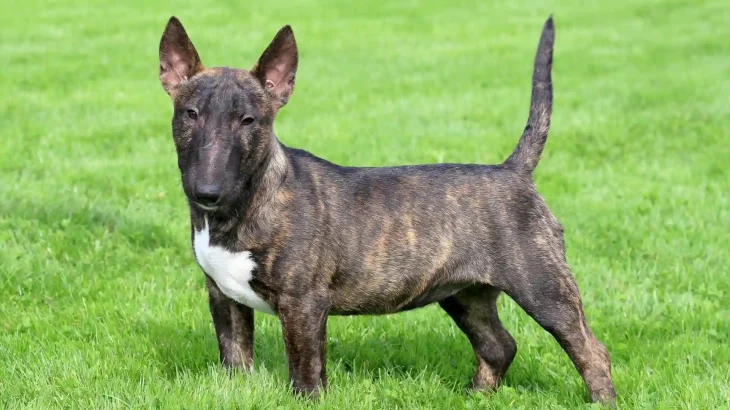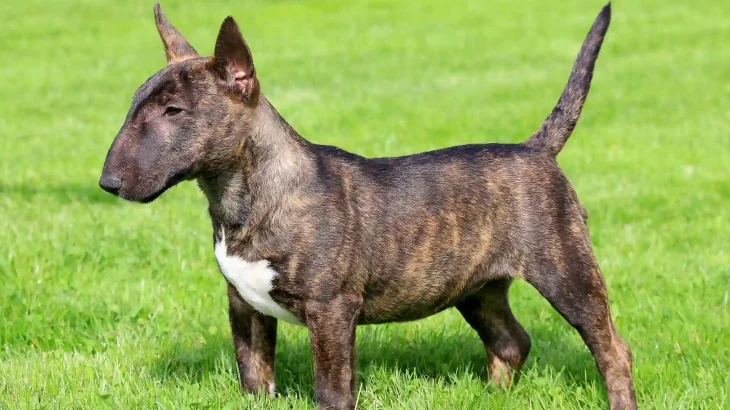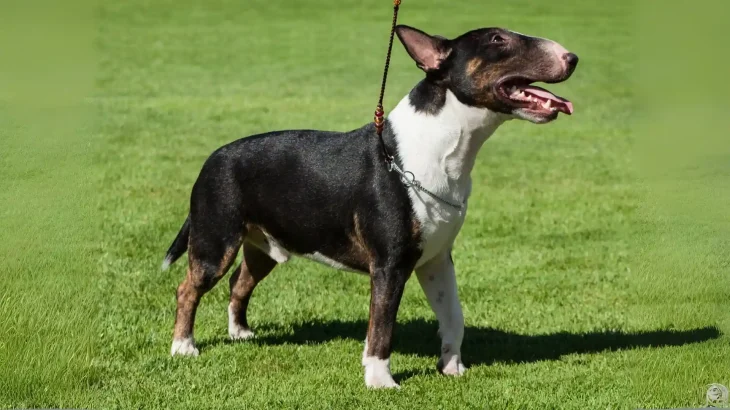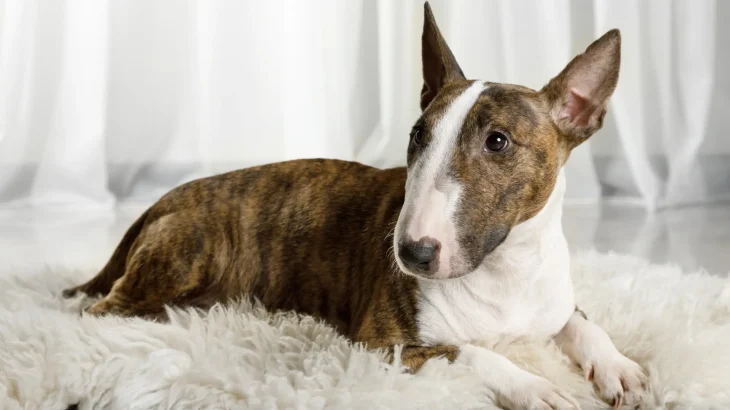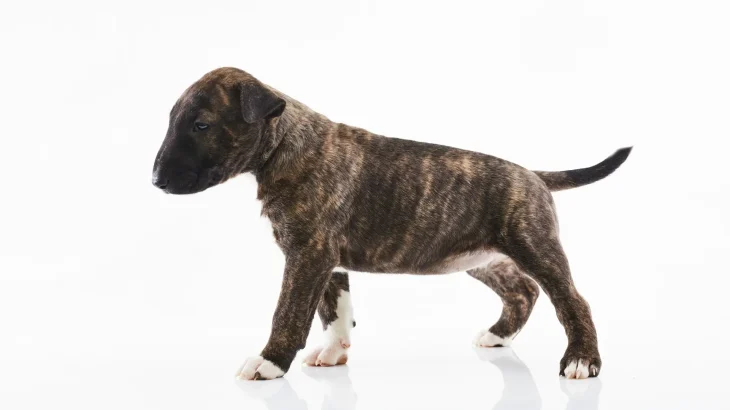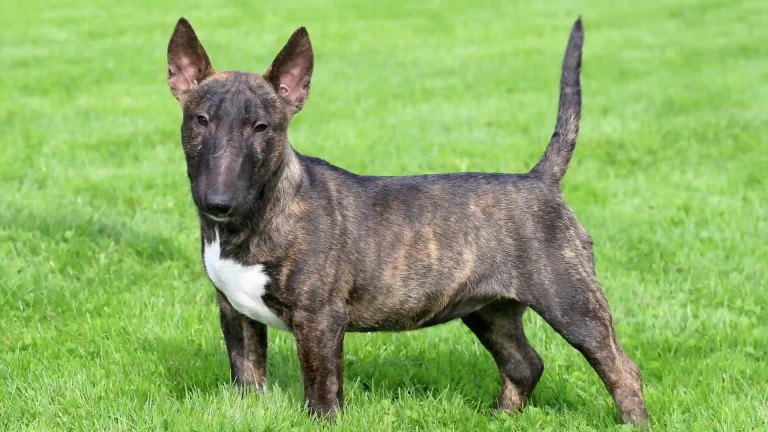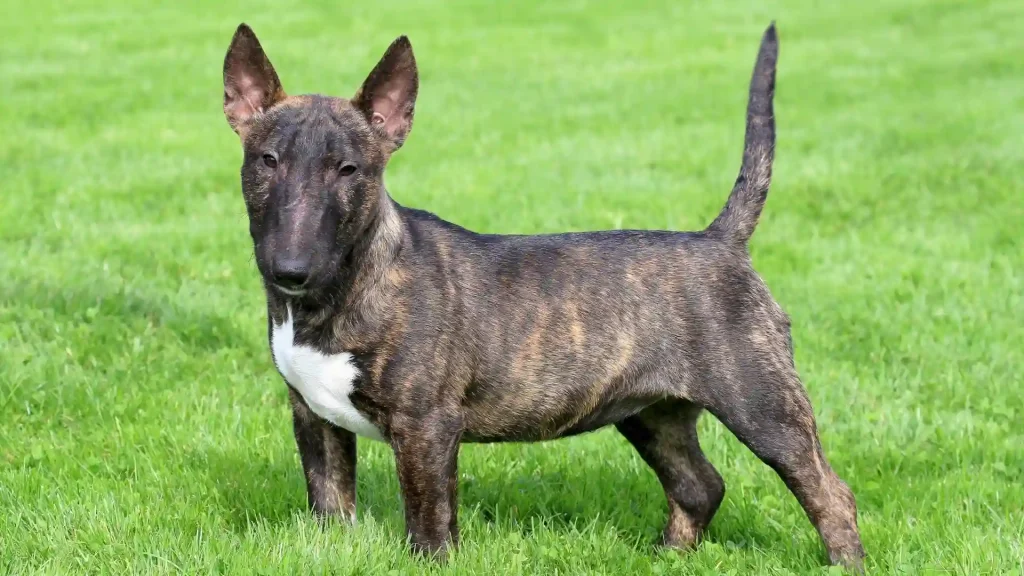Choosing between adopting or purchasing a Miniature Bull Terrier puppy often depends on factors like health transparency and ethical considerations. Buying from a reputable breeder usually provides clear health records and pedigree, while adopting gives a chance to offer a home to a dog in need. Both choices have distinct benefits and challenges that reflect owners' values and needs.
Here's a simple comparison:
| Criteria | Buying from Breeder | Adopting from Shelter/Rescue |
|---|---|---|
| Cost | Higher upfront cost, reflecting purebred status and breeder investment. | Lower fees, often including basic healthcare and vaccinations. |
| Health History | Usually detailed records and genetic screening provided. | Health background may be incomplete; basic vet checks done. |
| Age Availability | Mostly puppies, allowing early bonding. | Varies; puppies and adult dogs available. |
| Temperament Insight | Breeders provide insights based on lineage. | Staff provide behavioral notes; full history may be unknown. |
| Supporting Practices | Supports controlled breeding and breed preservation when ethical. | Promotes animal welfare by rehoming dogs. |
| Ethical Considerations | Ensure ethical breeding to avoid unhealthy practices. | Helps reduce overpopulation and abandonment. |

